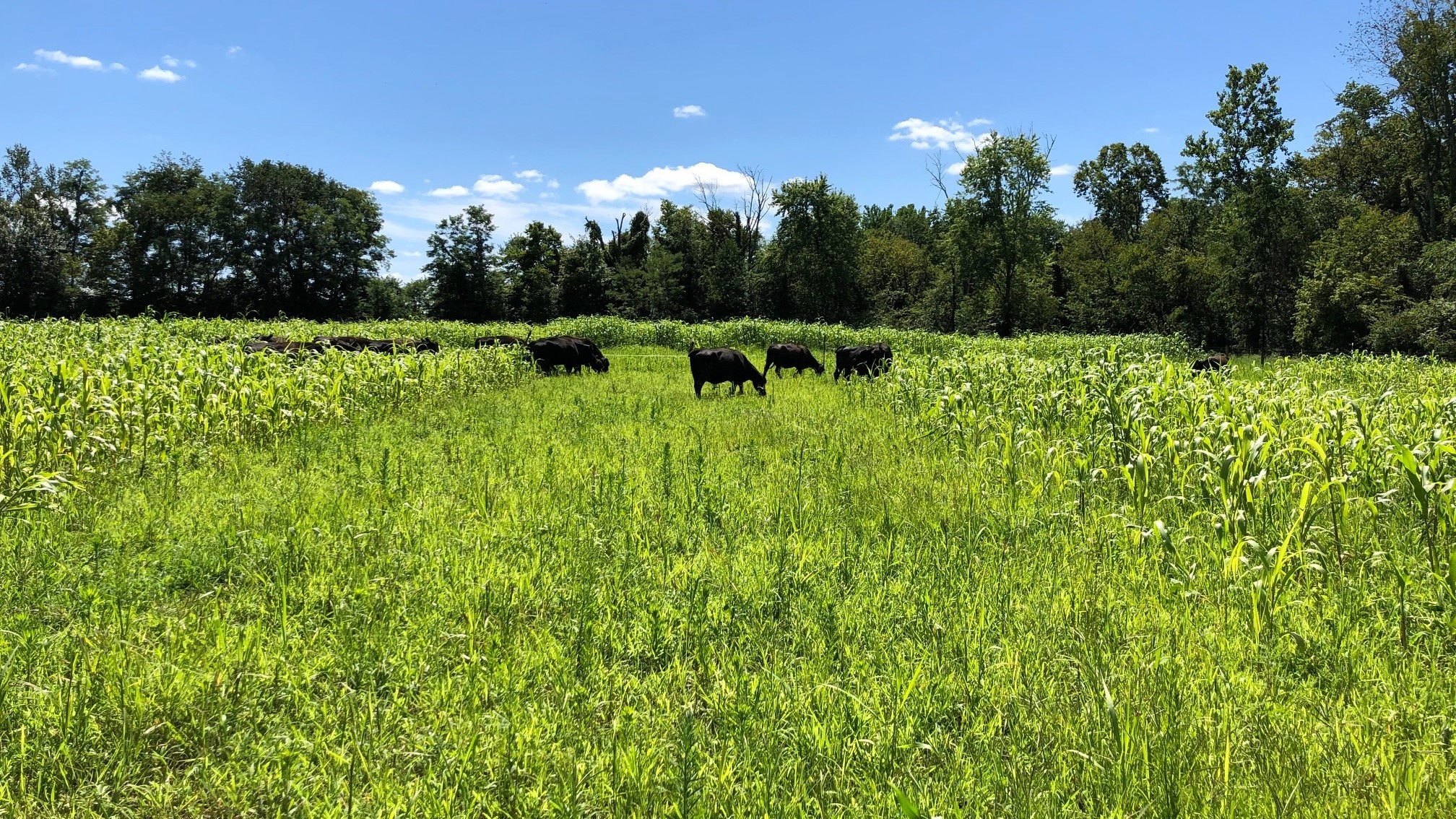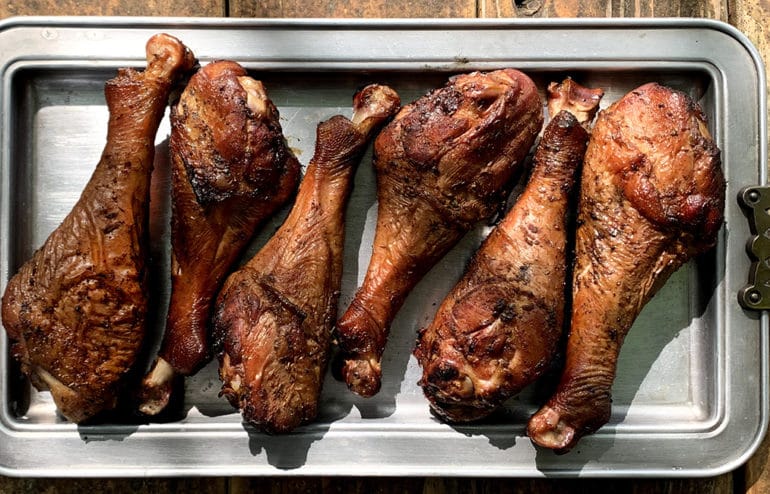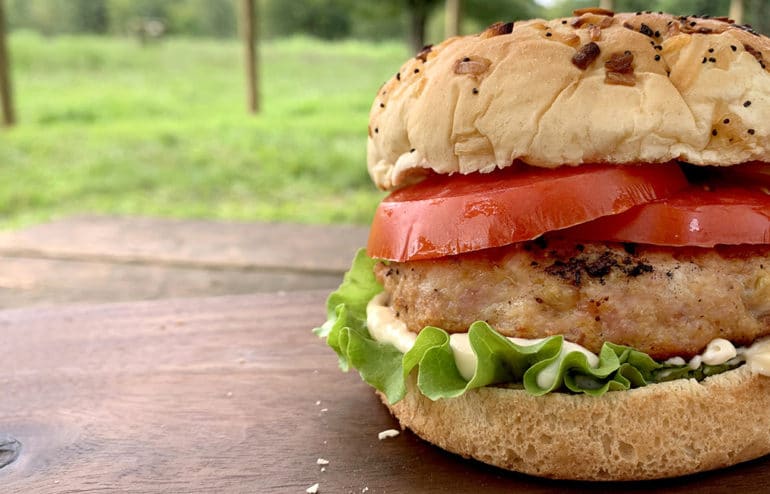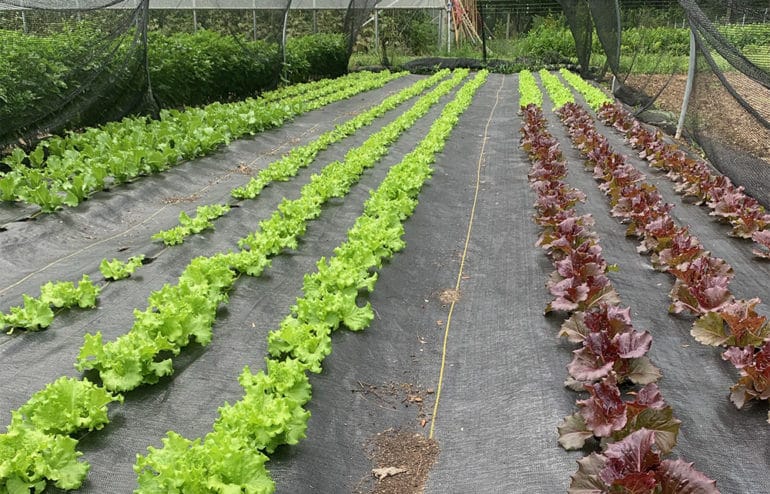Lettuce prefers the cool days and chilly nights of spring and fall in Southwest Ohio. Some of the lettuce we grow can tolerate temperatures as low as 28 degrees! This is why you find tons of lettuce in the store during the spring and fall (what we call our shoulder seasons). During the heat of summer, lettuce quickly becomes stressed and bolts (goes to seed) in the field. When lettuce bolts the flavor becomes VERY bitter – it isn’t that sweet crunchy leaf we expect. We know lettuce is a favorite of our Farm Store customers, which is why this year we decided to experiment with techniques to grow summer lettuce.
See how our tunnel is covered in shade cloth in the picture above? This keeps the full force of the sun off the tender leaves. Next you will notice the black woven plastic under the plants. This is called landscape fabric – it helps to keep the soil moist and cool, and also suppresses weeds. The last thing we do is water the lettuce, briefly, twice a day. This part is important to cool the lettuce down and keep it from going to seed.
Out of all of our experimenting this year, the most important part has been choosing the proper lettuce variety. We have experimented with a few “heat tolerant” lettuces and landed on one called Muir. Muir has been sweeter, crisper and more productive than any of the other lettuces we have grown this summer. So when you see lettuce in the Farm Store next to those tomatoes in the summer, know that a lot of work, care and thought went into getting that lettuce on to your plate in July and August. We hope that you enjoy every tasty bite!








